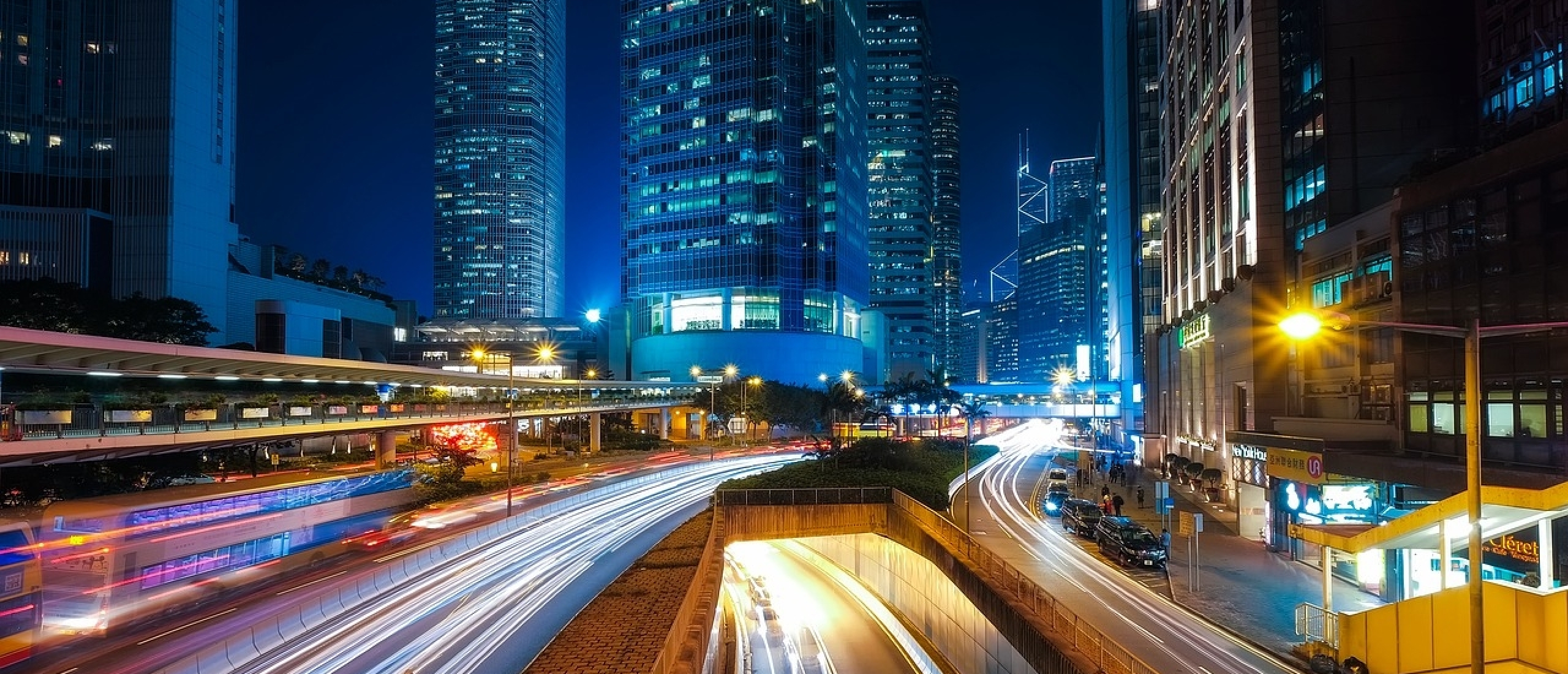
How do I get correct exposure when filming?
An image's correct exposure implies that it is not too bright and not too dark.
If the sensor of the camera receives too much light, the highlights (the brightest regions of your image) will "blow out" and will appear bright white. In contrast, if there is insufficient light hitting the sensor of the camera, your shadows (the darkest regions of your image) will be "crushed" and will seem completely black.
When you film, your camera sensor collects light and converts it into data. If your image takes in either too much or too little light, the sensor of the camera will be unable to store that data correctly, resulting in an overexposed or underexposed image.
To achieve proper exposure, you may adjust three in-camera variables: shutter speed, aperture, and ISO.
The shutter speed, represents the amount of time the camera sensor is exposed to light. A slow shutter speed, such as 1/50th, allows more light into the camera than a faster shutter speed, such as 1/200th.
The aperture is the size of the iris of the lens. Because low apertures, such as F1.8 allows in more light than high apertures, such as F16.
The ISO is a numerical value that reflects the sensor's sensitivity to light. Low ISO settings, such as 100, will detect less light than high ISO settings, such as 6400.
You may also acquire proper exposure by altering your surroundings. You can enhance or decrease the exposure of a scene by adding or removing lights.
If necessary, the exposure can be lightly adjusted in post production, during the editing of the footage.
Together, these three variables provide us, as videographers, the ability to always acquire the right exposure.
Please contact us if you need help to professionally shoot any subject.
